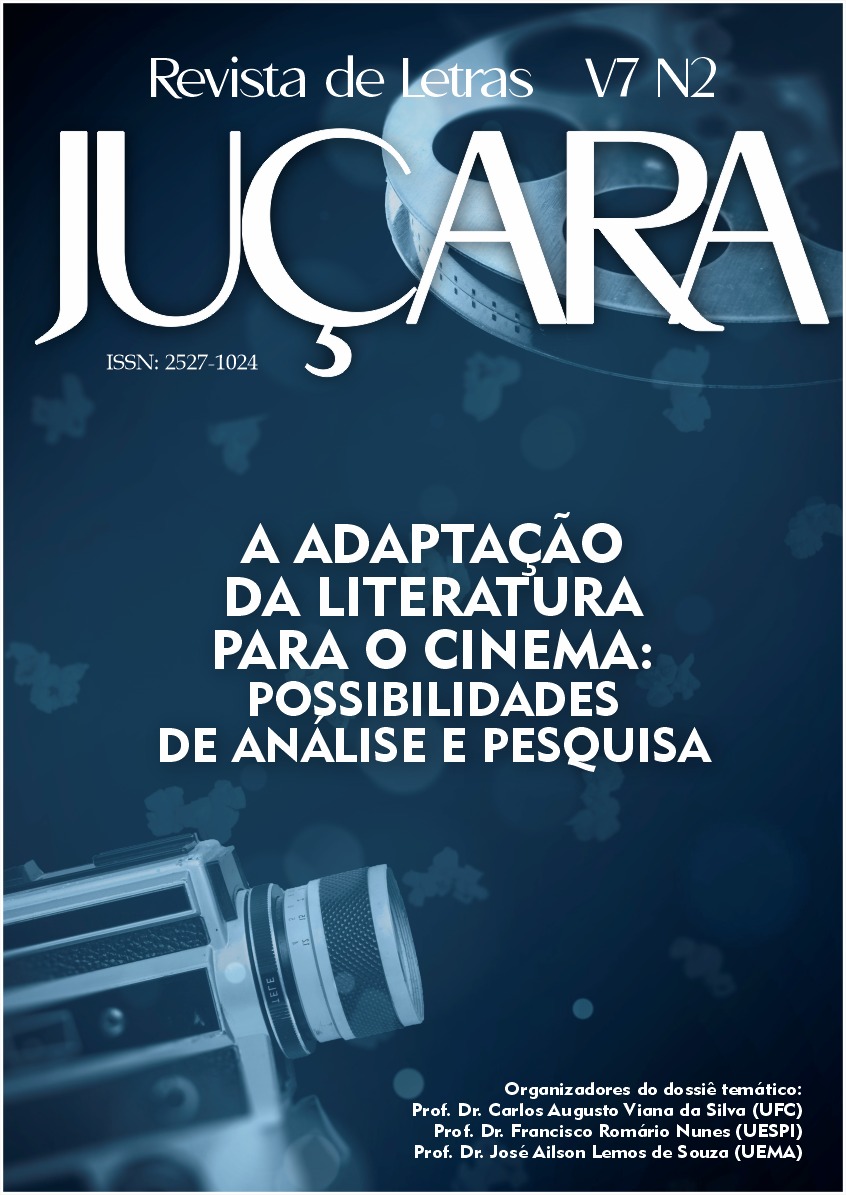A STREETCAR NAMED DESIRE: MORALISMO E RESISTÊNCIA NO TEATRO E NO CINEMA
DOI:
https://doi.org/10.18817/rlj.v7i2.3427Resumen
Em 1947, Tennessee Williams publicou a peça A Streetcar Named Desire e com ela trouxe ao mundo a personagem central de seu enredo Blanche Dubois que por décadas vem sendo discutida por pesquisadores de diversas áreas. De feministas, aos críticos literários, todos parecem querer haurir Blanche em seus estudos. Após se envolver com um aluno jovem numa escola na sua cidade natal sulista, Blanche foge para a casa de sua irmã Stella em Nova Orleans com o propósito de fugir do julgamento moralista da cidade e passa a viver um conflito entre realidade e ilusão. Com o propósito de fomentar análises sobre releituras contemporâneas da personagem Blanche sob a ótica do discurso de resistência e multicultural, investigamos, neste trabalho, como esse conflito da personagem é construído na adaptação fílmica homônima de Elia Kazan de 1951, considerando alguns recursos estéticos montagem, diálogos, iluminação e planos. O arcabouço teórico da pesquisa inclui Jakobson (1991), Gomes (2011), Plaza (2013), Kaplan (1983), entre outros.
Descargas
Publicado
Cómo citar
Número
Sección
Licencia
Derechos de autor 2023 Fabiano de Cássio Borges Gois

Esta obra está bajo una licencia internacional Creative Commons Atribución 4.0.
A submissão de originais para a Revista de Letras Juçara implica na transferência, pelos autores, dos direitos de publicação. Os direitos autorais para os artigos publicados nesta revista são do autor, com direitos da revista sobre a primeira publicação. Os autores somente poderão utilizar os mesmos resultados em outras publicações indicando claramente a Revista de Letras Juçara como o meio da publicação original.


